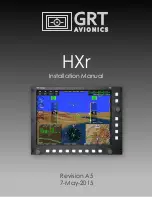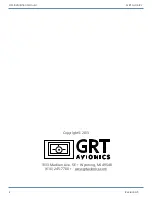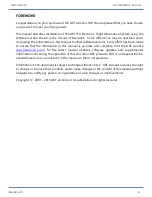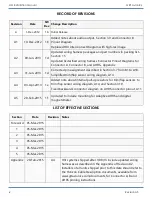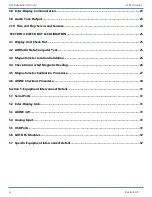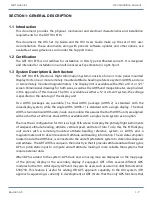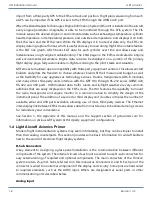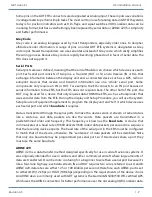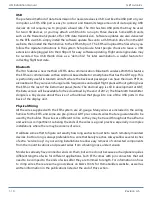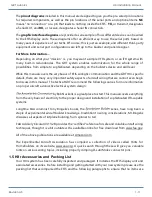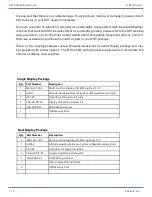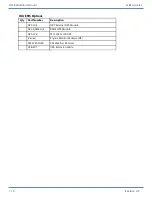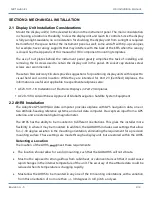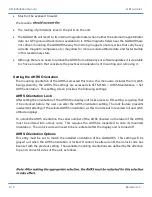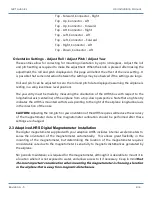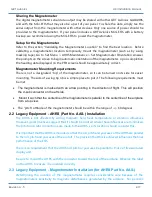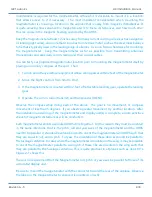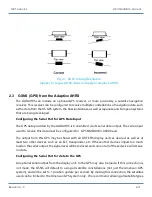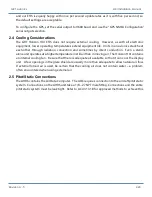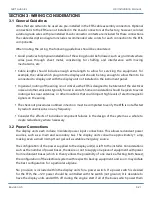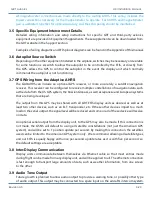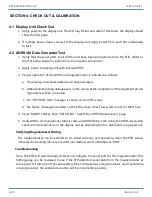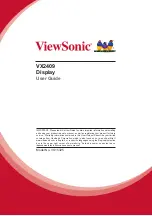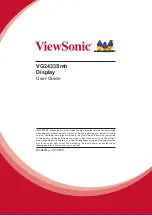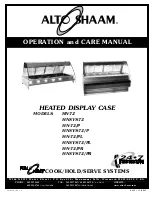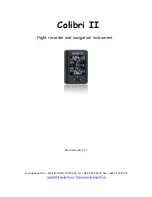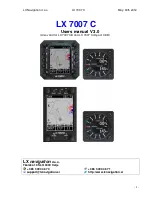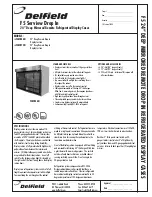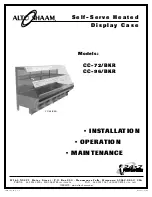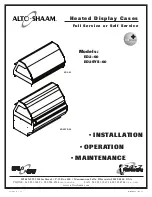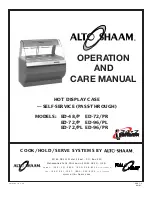
HXr Installation Manual GRT Avionics
1-10
Revision A5
USB
The preferred method of data transmission for newer devices is USB. Just like the USB port on your
computer, an EFIS USB port is easy to connect and transmits large amounts of data quickly. USB
devices do not require you to program a baud rate. The HXr has two USB ports that may be used
for two USB devices, or you may attach a USB hub to run up to three devices. Some ADS-B units,
such as the Radenna Skyradar, offer USB data transmission. Software updates are also delivered
to the EFIS via USB– simply install the software update files onto a USB thumb drive from the GRT
website, then install the thumb drive to the EFIS USB port. The EFIS will upload the files when you
follow the Update instructions in the system Setup Guide. Most people choose to leave a USB
extension cable plugged into the USB port for easy software updating. Flight and engine data may
be recorded to a USB thumb drive as a “demo file” for later examination– a useful feature for
collecting flight test data.
Bluetooth
The HXr features a new method of EFIS data communication: Bluetooth wireless. With this feature,
the EFIS can communicate with an Android-based tablet or smartphone that has the GRT App. This
is particularly useful in tandem aircraft, where the back seat passenger can have their own PFD on
a kneeboard. They can even change radio frequencies and adjust flight plans without getting near
the EFIS or the rest of the instrument panel. (Note: The Android app is still in development at GRT;
the beta version will be available for free download by the end of 2012.) The Bluetooth transmitter
dongle is a tiny device about the size of a thumbnail that plugs into one of the USB ports in the
back of the display unit.
Physical Wiring
All the wires supplied with the EFIS system are 22-gauge. Many wires are included in the wiring
harness for the EFIS, and some are pre-pinned. GRT pre-connects wires that are guaranteed to be
used by the builder. The wires are different colors so they may be traced throughout the airframe
and avionics compartment. Labeling the ends of the wires is a good practice, especially in complex
installations where there may be dozens of wires.
It will take some effort to figure out exactly how long each wire must be to reach remotely-mounted
devices, but too long is always preferable to a wire that barely reaches. Always allow several inches
of extra “service loop” in your wiring installations to allow easy removal of connected components
from the mount locations and prevent wires from vibrating loose under tension.
Most wires already have connector ends on them, but some do not because each airplane requires
different lengths of wire for different applications. Each EFIS comes with pin connectors that will
need to be crimped to the ends of wires after they are trimmed to length. For information on how
to crimp wires, there are some good videos on EAA’s Hints for Homebuilders website, as well as
written information in the publications listed at the end of this section.

